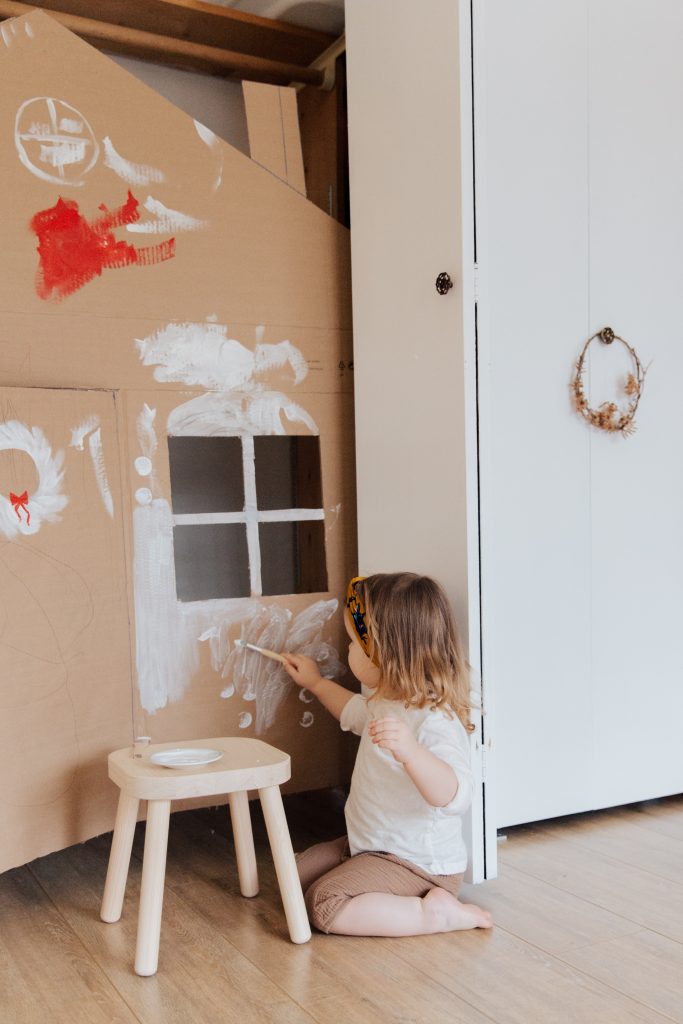Preparing for interior painting is a crucial step to ensure a smooth and successful project. The first step is to clear the space by removing furniture or covering it with drop cloths to protect it from accidental spills or splatters. Take the time to patch any holes, cracks, or imperfections in the walls with a suitable filler and sand the surfaces to create a smooth painting canvas. This step not only enhances the final aesthetic but also promotes better paint adhesion.
Next, thoroughly clean the walls to eliminate any dirt, grease, or stains that could affect the paint’s application and finish. A mild detergent solution and a sponge or cloth are generally sufficient for this task. Ensure that the walls are completely dry before proceeding to the next step. If there are areas with glossy finishes or stubborn stains, consider using a primer to create an even surface for the paint. Primer not only improves adhesion but also helps achieve a more uniform color and sheen.
Once the walls are clean and dry, protect areas that won’t be painted, such as baseboards, trim, and window frames, by applying painter’s tape. This will create crisp and clean lines, preventing unintentional smudges or color bleeding onto adjacent surfaces. Finally, choose high-quality paints and tools for the best results. Investing in good paint and brushes or rollers will not only make the job easier but also lead to a more durable and professional-looking finish. Taking the time to properly prep the space ensures that the painting process is efficient and that the final result meets or exceeds expectations.

